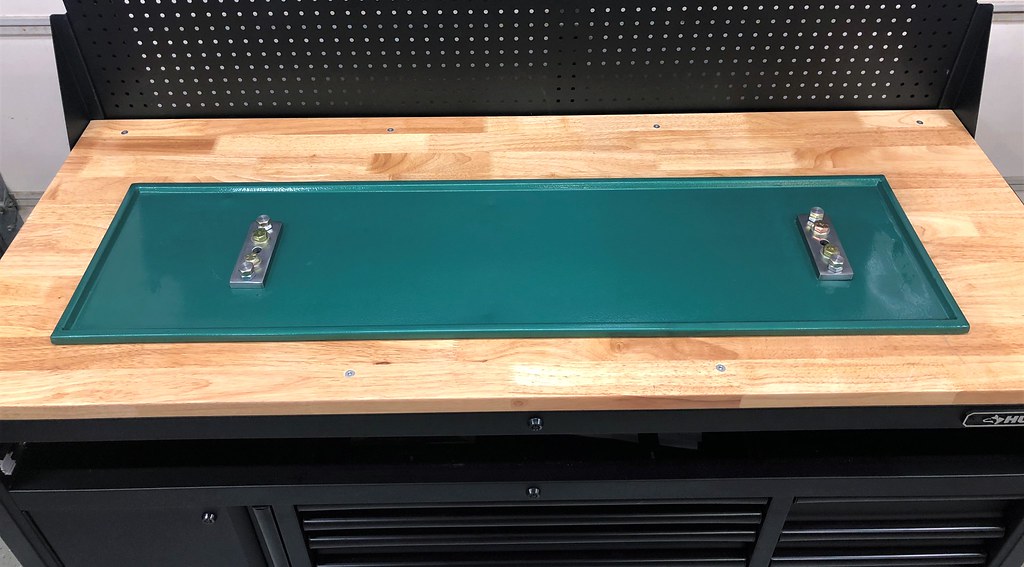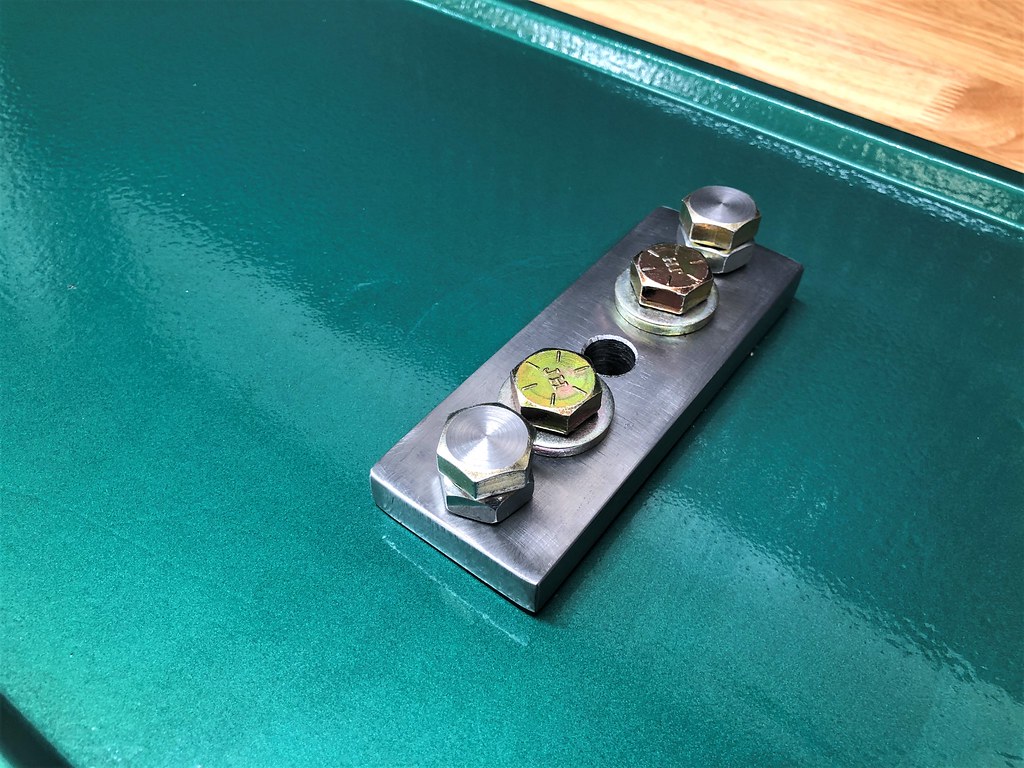- Joined
- Oct 31, 2016
- Messages
- 2,644
Attached is a copy of the instructions for my craftsman 12x36 lathe. It includes a section on leveling the lathe and leveling the bench. Thought that it might help you out.
In looking at the picture of your bench it looks like it is sitting on a plywood floor. If it is how sturdy and stable is that floor? What is underneath? Can you add more support underneath the floor? No matter how stable that floor is it will move with the changing seasons. How much is anybody's guess. You mentioned that you had two sheets of plywood. I would think about putting one sheet on the floor and setting the bench on that sheet of plywood. The plywood won't level out the floor but it might help to stabilize the floor.
Jam nuts should work. You would just have to be careful that you don't move the alignment nut when you tighten the jam nut.
In looking at the picture of your bench it looks like it is sitting on a plywood floor. If it is how sturdy and stable is that floor? What is underneath? Can you add more support underneath the floor? No matter how stable that floor is it will move with the changing seasons. How much is anybody's guess. You mentioned that you had two sheets of plywood. I would think about putting one sheet on the floor and setting the bench on that sheet of plywood. The plywood won't level out the floor but it might help to stabilize the floor.
Jam nuts should work. You would just have to be careful that you don't move the alignment nut when you tighten the jam nut.



